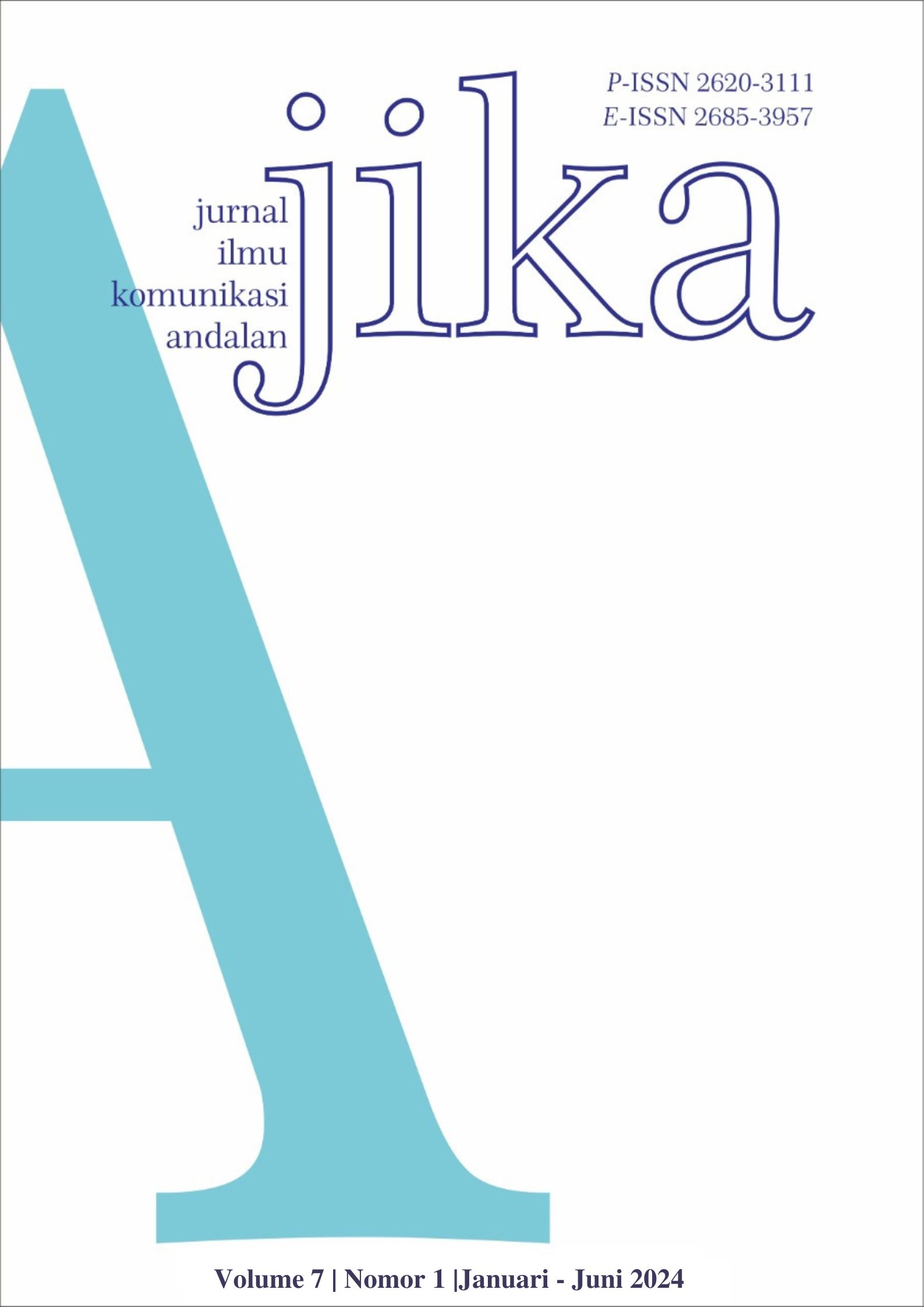Perceived Ease Of Use and User Experience Using Chat GPT
DOI:
https://doi.org/10.31949/jika.v7i1.8206Abstract
This research analyzes the impact of Perceived Ease Of Use, Performance Expectations, Effort Expectations, Social Influence, and Facilitating Conditions communication on the Interaction Efficiency of communication interactions with machines. Analysis of these factors is important because they have a direct influence on communication interactions with GPT Chat. Understanding the impact will drive improvements and improve the overall user experience. The theoretical framework in this research is the Unified Theory of Technology Acceptance and Use (UTAUT) and Human Machine Interaction (HCI). Data was collected through a questionnaire with a Likert scale and tested on 100 respondents using the Purposive Sampling method on GPT Chat users. The results of the research show that five variables, namely Effort Expectancy, Social Influence, User Experience, Performance Expectancy, and Customer Satisfaction have a positive and significant influence on user experience, Interaction Efficiency, and Interaction Efficiency. Meanwhile, the other two variables are Facilitation Conditions and Perceived Ease of Use. , has no significant effect on user communication. The results of the determination analysis show that Perceived Ease of Use and the UTAUT Model contribute 25.8% to User Experience, while User Experience contributes 6.2% to Interaction Efficiency. This research improves the Chat and Interaction Efficiency user experience. It contributes to the field of technology acceptance and communication of how humans interact with machines.





